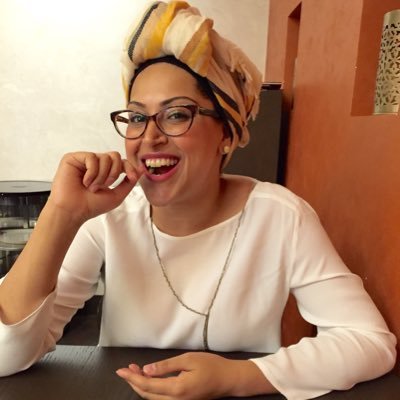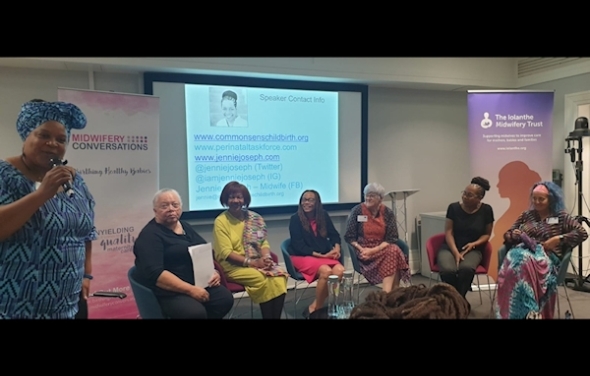
We spoke to Iolanthe Trustee Benash Nazmeen about her new role as Cultural Liaison Midwife at Bolton NHS Foundation Trust and its importance in the community.
Is the role of ‘Cultural Liaison Midwife’ something that is available in NHS Trusts throughout the country?
The post doesn’t exist in all units – I went for it because the title was an area I was passionate about. Bolton has a large BAME population – higher than the national average, so here it's vital that we work to break down any cultural barriers to accessing care.
How would you describe a typical day?
As I have been in the post less than three months, at the moment a typical day is trying to understand what’s happening locally in our Trust. I have been learning the demographics – what the key performance data is, what the BAME data is - so we can use this to tailor our service to the needs of the community. I have been eager to find out the opinions of service users, but as I started in April in the midst of the COVID pandemic, this has only just become possible. Now that I can start to find out the barriers to care, I’ll be suggesting how we can change the service in response to those issues, to move forward.
Can you explain the importance of the role of a Cultural Liaison Midwife?
I am very passionate about the role and the barriers faced by service users from different cultural backgrounds because I’m a first-generation immigrant. The barriers I faced myself as a patient in hospital made me want to do something to change and improve the experience of BAME service users.
I think this role needs someone who is conscious of what the data says – you are 5 times more likely to die in childbirth if you are black* – and someone who can understand how this makes BAME service users feel, how much more potentially frightening the experience is for these service users.
(*November 2018 MBRRACE-UK1 report on how many women died in childbirth in the UK and Ireland between 2014-2016. In comparison to white women, black women were almost five times more likely to die from pregnancy and childbirth related causes and Asian women almost twice as likely.)
Do you think the ‘Continuity of Care’* model would have a positive effect towards eliminating racial disparities in maternal health care?
(*that pregnant women would be offered the opportunity to have the same midwife caring for them throughout their pregnancy, during birth and postnatally.)
The ‘continuity of care’ model will help but only if the midwives giving that care are culturally competent. I think there needs to be a greater representation in the midwifery profession of the ethnic diversity of the communities we serve.
As a Midwifery Ambassador for NHS England, I work to address current challenges in Midwifery such as staff attrition/retention, recruitment and public/media perceptions of Midwifery. Last year we did some career talks on Midwifery in schools and colleges which I hope will encourage more BAME applicants into midwifery. Drives such as this could have a positive effect in the future but only if the universities understand that the selection process is biased towards white middle class students.
What do you hope to achieve in your post as Cultural Liaison Midwife?
I want to improve the service we offer to everyone who comes to my local trust to have babies – to break down barriers. I want to build better relationships between staff and build better relationships with the community and how we communicate with the community.
My goal is to justify why this role exists – it’s an important role and very little has been done so far in response to the BAME statistics. I want to create change.

